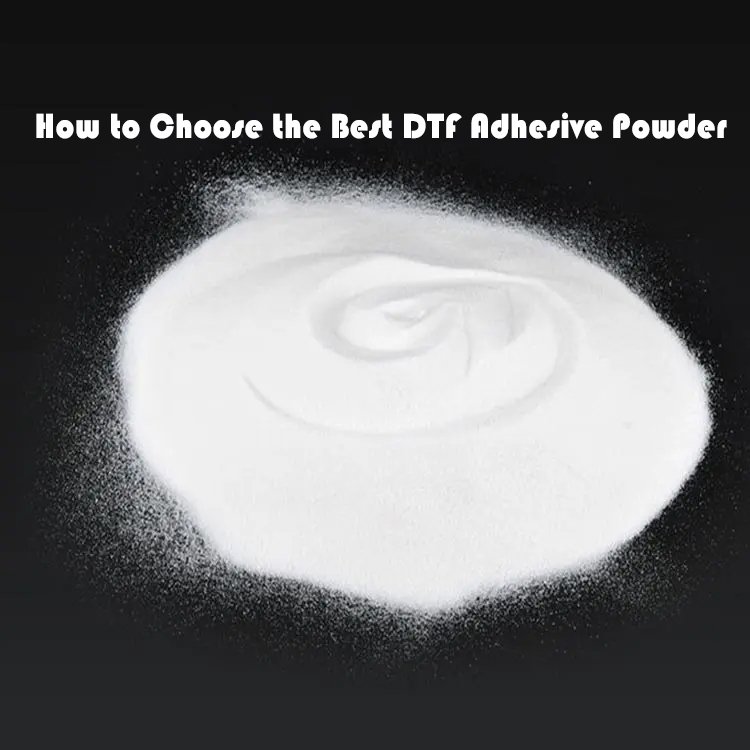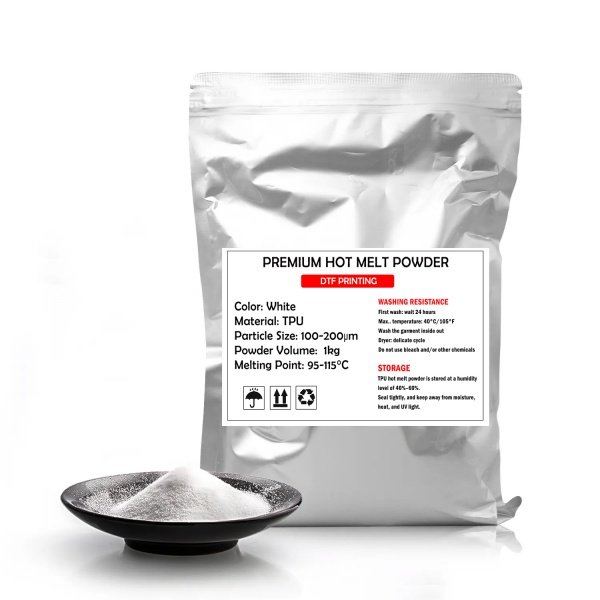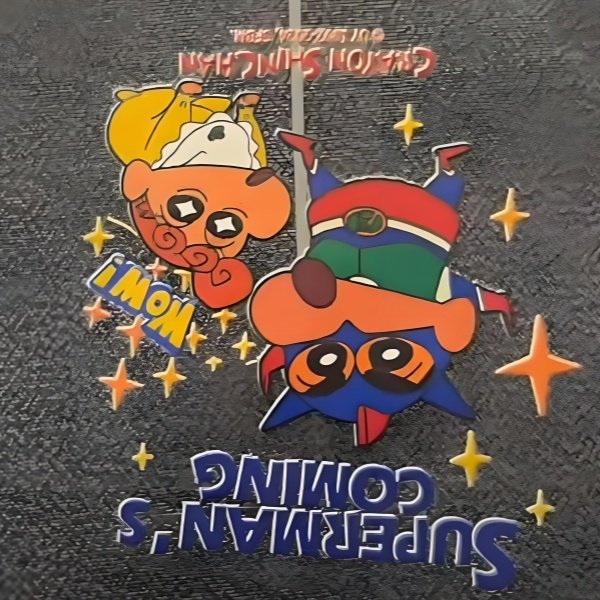Discover everything about DTF Film (Direct-to-Film): its composition, types (single/double matt, hot/cold peel), and applications in apparel and promotional products.
What is DTF Film About?
DTF (Direct-to-Film) printing is an advanced heat transfer technology in garment labels and logo printing. It provides high-quality, full-color printed designs that are heat-pressed onto cotton, poly, and blend fabrics. DTF film is one of the needed materials. Its role is that of a carrier. It holds the various designs printed with DTF ink, which are then transferred onto the fabric through high-temperature heat pressing. Unlike DTG (Direct-to-Garment) or sublimation, DTF does not require pretreating fabrics, making the process more efficient and less labor-intensive. This advantage allows for quicker production times and reduces the overall cost of printing, which makes DTF a popular choice for custom apparel.
Key Advantages of DTF Film:
- No Fabric Limitations: Works on light/dark fabrics without pretreatment.
- Vibrant Colors: CMYK+White ink ensures opacity and rich gradients.
- Durability: Resistant to cracking, fading, and washing (25+ washes).
- Cost-Effective: Lower startup costs compared to DTG or screen printing.
What is DTF Film Made Of?
DTF film consists of PET film and multiple coating layers which engineered for transfer and peeling efficiency. PET film serves as the base layer, primarily functioning to carry the coating. The coating is the most critical part of the DTF printing film, as it determines the quality of the final product. In China, there are currently two production methods: one is the three-in-one coating, and the other is multi-coating. The three-in-one coating combines all the coatings into a single production process, while the multi-coating method applies each layer separately, which involves more steps and higher costs. No matter which production process is used, DTF PET film rolls require the following raw materials.
- PET Film Base: Polyethylene terephthalate (or polyethylene terephthalate, PET), CAS NO. 25038-59-9. It is the most common thermoplastic polymer resin of the polyester family and is used in fibers for clothing, containers for liquids and foods, thermoforming for manufacturing, and in combination with glass fiber for engineering resins. (Taken from Wikipedia)
- Polyacrylic acid is used in the ink absorption layer: Poly(acrylic acid) (PAA; trade name Carbomer) is a polymer with the formula (CH2−CHCO2H)n, CAS No. 9003-01-4. It is a derivative of acrylic acid (CH2=CHCO2H). In addition to the homopolymers, a variety of copolymers and crosslinked polymers, and partially deprotonated derivatives thereof, are known and of commercial value. In a water solution at neutral pH, PAA is an anionic polymer, i.e., many of the side chains of PAA lose their protons and acquire a negative charge. Partially or wholly deprotonated PAAs are polyelectrolytes, with the ability to absorb and retain water and swell to many times their original volume. These properties – acid-base and water-attracting – are the basis of many applications. (Taken from Wikipedia)
- Silicone dioxide: Silicon dioxide, CAS No. 14808-60-7, commonly known as silica, serves as a fundamental component in scientific research across numerous disciplines due to its diverse properties and versatile applications. One of its primary mechanisms of action lies in its role as a desiccant and adsorbent. Silicon dioxide′s high surface area and affinity for water molecules make it invaluable in research settings for the drying and purification of solvents, gases, and biological samples. Furthermore, silica finds extensive use as a stationary phase in chromatography, where it facilitates the separation and purification of complex mixtures based on differences in polarity, size, and interactions with the silica surface. (Taken from Santa Cruz Biotechnology)
- Polydimethylsiloxane: Polydimethylsiloxane (PDMS), CAS No. 9006-65-9, also known as dimethylpolysiloxane or dimethicone, is a silicone polymer with a wide variety of uses, from cosmetics to industrial lubrication and passive daytime radiative cooling. PDMS is particularly known for its unusual rheological (or flow) properties. It is optically clear and, in general, inert, non-toxic, and non-flammable. It is one of several types of silicone oil (polymerized siloxane). The applications of PDMS range from contact lenses and medical devices to elastomers; it is also present in shampoos (as it makes hair shiny and slippery), food (antifoaming agent), caulk, lubricants, and heat-resistant tiles. (Taken from Wikipedia).
Eco-Friendly Innovations: Our DTF films now use non-toxic adhesives and recyclable PET films to meet global safety standards (REACH, OEKO-TEX).
Types of DTF Film(different version of DTF transfer film)
DTF films are categorized by finish, peeling method, and production process.
1. Classification by finish
- Single matt: Single-coated DTF film features a glossy surface on one side and a matte surface on the other. The matte side is treated with various coating layers, such as an ink-absorbing layer, a release layer, and an anti-static coating, while the glossy side remains uncoated..
- Double matt: Double-sided DTF printing film is coated on both sides, which are referred to as the back coating side and the printing side. The back coating typically includes an anti-static layer, matte coating, or anti-adhesion layer. The coating on the printing side is similar to that of single-sided coated DTF PET film rolls and includes an ink-absorbing layer, release layer, anti-static coating, and more.
- Notes: The coating formulas vary between factories, so the properties of the coatings will also differ. It’s best to consult the factory you’re purchasing from to get detailed information.
2. Classification by peeling method
- Instant hot peel: Instant hot peel DTF transfer film is currently the most popular type worldwide. It can be peeled off immediately after heat pressing, without any waiting time. Typically, this film requires a specialized coating that includes an instant hot peel release layer.
- Hot Peel: Hot peel DTF foil film is also a popular option. It can be peeled after about 10 seconds post-heat pressing. Additionally, it often supports cold peeling, making it versatile for various transfer needs..
- Cold Peel: Cold peel DTF transfer film rolls are designed to be peeled once the film has cooled, typically requiring a waiting time of 20–30 seconds. While this process takes a bit longer, it ensures a more durable bond with the fabric, making it ideal for long-lasting applications.
- Note: Cold peel DTF film generally produces brighter and more vibrant colors compared to instant hot peel DTF film. This difference makes cold peel films a preferred choice for projects that prioritize color intensity and visual impact.
3. Classification by production process
- Three-in-one coating film: This process has become a widely adopted production method in the market. It mixes all the layers into one coating. Single-sided matte DTF films typically require only one coating process, while double-sided matte DTF rolls go through two coating processes. Due to its simplicity and cost-effectiveness, this method has gained significant popularity in the industry.
- Multi-coating layers film: The ink-absorbing layer, release layer, anti-static coating, and other layers are applied separately, with each coating requiring its own process. This method is more complex and costly to produce but generally results in better compatibility and performance.
- Note: We cannot definitively say which DTF transfer PET film is better, as the choice depends on your specific requirements. Select the film that best matches your ink, powder, and equipment to achieve optimal results.
What is DTF Film Used For?
DTF technology is valued for its ease of use, durability, and ability to transfer vibrant and intricate designs onto different fabrics. It bridges the gap between digital printing and durability, making it ideal for:
- Apparel Decoration
- Custom T-shirts, hoodies, and pants.
- All-over prints (AOP) for leggings or dresses.
- Promotional Products
- Used for branding items like tote bags, hats, and other fabric-based merchandise.
- Fashion Industry
- Popular for producing detailed and unique designs on fabrics used in clothing lines.
- Personalized Gifts
- Allows for the creation of custom prints on textiles, perfect for personalized presents.
- Uniforms and Workwear
- Used to produce durable prints for professional uniforms and sportswear
- Home Decor
- Suitable for designing fabric-based items like curtains, cushion covers, or tablecloths
5 FAQs About DTF Film
Q1: Can DTF film be used on 100% cotton?
A1: Yes! Unlike sublimation, DTF requires no polyester content. The adhesive binds directly to cotton fibers.
Q2: How does DTF compare to HTV?
A2: DTF excels in producing vibrant, detailed designs, while HTV is limited to solid colors and simpler patterns. HTV is beginner-friendly, whereas DTF has a steeper learning curve. HTV is more budget-friendly for small-scale projects, while DTF is better for high-quality, large-scale production.
Q3: Is DTF film waterproof?
A3: Once cured, the design is wash-resistant. However, prolonged soaking may weaken adhesion over time.
Q4: Can I use DTF film with a regular inkjet printer?
A4: No—DTF requires specialized DTF printers with DTF pigment ink and powder shaker.
Q5: How long does DTF film last before application?
A5: Store unopened rolls in a cool, dry place for up to 12 months. Printed designs should be pressed within 48 hours to avoid adhesive degradation.


